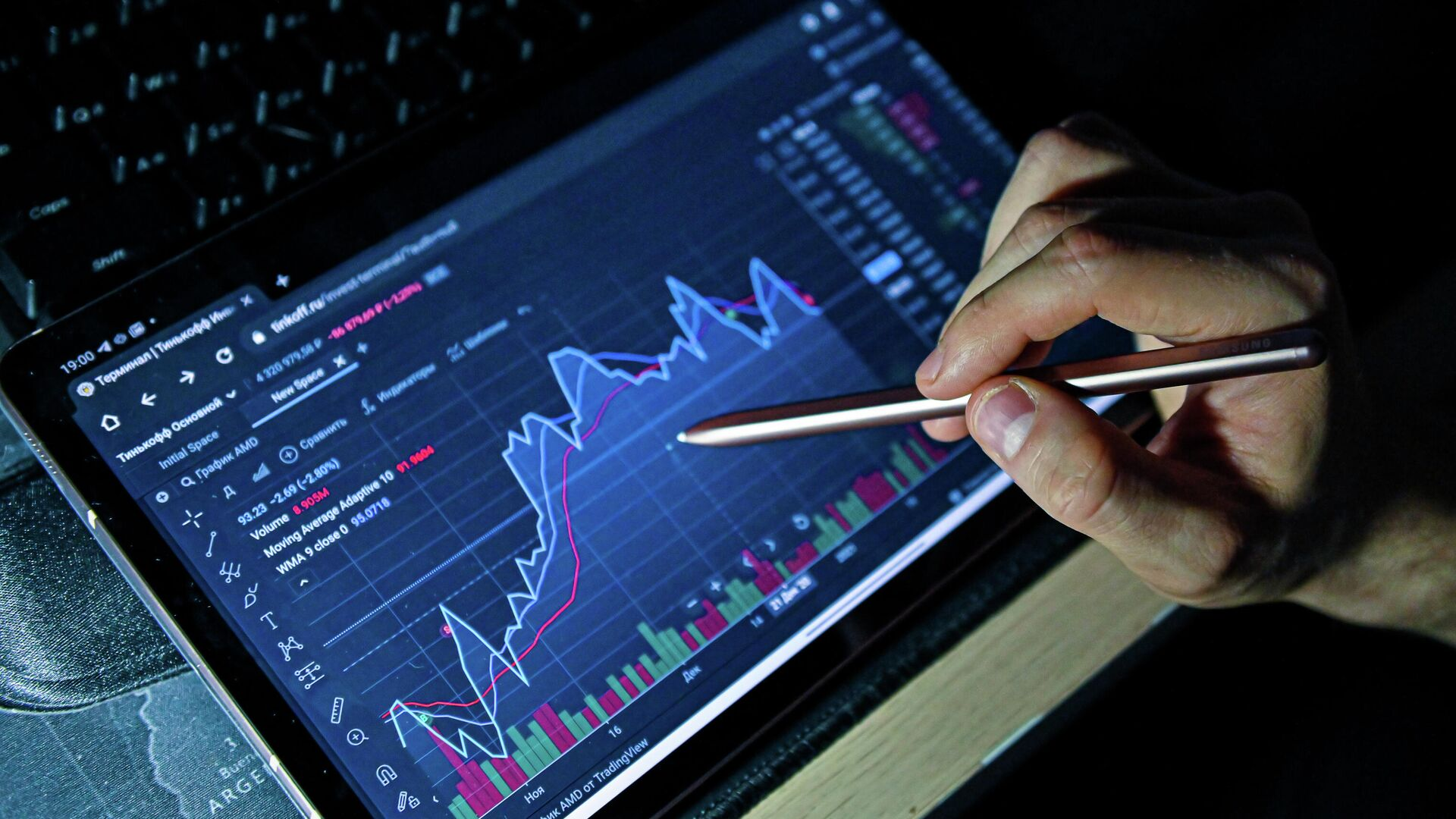Trading derivatives provides access to flexibility, speed, and potentially high profitability. However, it increases the level of uncertainty, requires precise calculations, and strict risk management. Every trader must understand in advance what risks are hidden behind the screens of platforms and numbers in reports when trading futures and options.
Risk of trading futures and options with leverage: amplification as a threat
Futures contracts are opened through margin collateral. The position size exceeds the invested funds multiple times. This model provides a powerful leverage for profitability, but with even the slightest market movement against the trader, the loss increases significantly. A typical scenario: a 2% downward movement of the underlying asset with 10x leverage results in a 20% loss of the deposit. In case the trend continues, a margin call and forced closure occur.
Precise position sizing calculation, setting stops, limiting capital exposure — are mandatory steps. Risks in trading futures and options are amplified not by the trading strategy, but by its absence.
Risk of futures collateral changes
Collateral requirements change due to volatility. Sharp market fluctuations lead to increased demands. If the account does not cover the new amount, the broker issues a notification. In case of no replenishment, positions are closed.
This risk is particularly dangerous during periods of high uncertainty: central bank meetings, macroeconomic data releases, force majeure events. Maintaining a liquidity cushion in the account and monitoring the broker’s policies allows anticipating possible changes. The simple condition is: risks in trading futures and options require not just planning, but regular adjustments to the market.
Risks in trading options: hidden traps
Options are multifaceted: strike, volatility, premium, Greek letters, delta, time decay. Misinterpreting one parameter can disrupt the calculation of the entire position. Evaluating option behavior in unstable volatility conditions is particularly challenging. Buying entails limited — maximum — expenses on the premium. However, selling options short multiplies risks exponentially: theoretically, the loss can be infinite.
Buying volatility before an event, short positions in a sideways market, distant strikes without probability calculation — each decision requires testing. The main threat is the illusion of ease, especially when quick profits are made on initial trades.
Costs of premium: the right without obligation
The premium is the price for the right itself. It is paid upfront upon purchase, regardless of the outcome. If the price of the underlying asset does not move in the forecasted direction, the premium is lost entirely. Even with a slight upward shift in the trader’s direction, the result may turn negative due to time decay.
It is important to consider:
-
The higher the volatility, the more expensive the premium.
-
The further the expiration date, the higher the cost.
-
The closer the strike price to the current price, the higher the payment.
The problem lies not in the amount, but in the frequency of unjustified transactions, which can lead to total losses on premiums exceeding profits from successful trades.
Low liquidity of options: slippage risk and inability to exit
A transaction without a counterparty is just a number on the terminal. Low liquidity is especially evident in options with non-standard strikes, distant expirations, or on rare assets.
Consequences:
-
Issues with placing an adequate order.
-
Wide spread between buying and selling prices.
-
Inability to partially exit a position.
Risks in trading futures and options in such cases not only increase but turn into a systemic threat.
Complexity of calculations and errors: risk of underestimating the model
Even an experienced trader makes mistakes in position modeling. When trading options, an error in Greek indicators leads to an incorrect assessment of position behavior. In futures trading, entering at the wrong point when using leverage instantly turns the trade into a loss.
Risks in trading futures and options are heightened due to misunderstandings:
-
Volatility behavior near key levels.
-
Role of delta, vega, and theta in profitability.
-
Correct calculation of collateral when broker conditions change.
An unprepared participant perceives derivatives as a simple directional forecast. However, price is not the only variable. An error in one parameter disrupts the entire position logic.
Broker and platform influence: technical and administrative risk
The broker not only determines access to tools but also execution conditions. The platform may freeze during high volatility, the broker may change the collateral level, or temporarily restrict trading.
Examples:
-
Pending order not executed during a sudden price spike.
-
Platform freezes at expiration time.
-
Margin call notifications delayed.
Risks in trading futures and options encompass this aspect as well. Technical instability and lack of transparent support exacerbate market losses. Choosing a reliable broker, testing the platform on a demo, installing a mobile version — are basic protective measures. Notifications and alerts from external services help duplicate critical signals.
Behavior of the underlying asset: variability as a risk factor
Sudden movements of the underlying asset in unexpected directions instantly affect futures and options. Most often, the largest losses occur here: changes happen beyond the trader’s control.
Possible scenarios:
-
Unexpected news publication not included in the analysis.
-
Geopolitical factors.
-
Macroeconomic statistics deviating from expectations.
A futures contract almost mirrors the movement of the underlying asset, while an option also reacts through volatility changes: in both cases, risks in trading intensify regardless of the level of preparation.
Risks in trading futures and options: conclusions
Futures and options are powerful instruments that, with the right strategy, reveal a wide range of opportunities. However, this is also the riskiest area of financial markets. Even with small investments, losses can significantly exceed the initial amount. Risks in trading futures and options are not a reason to abandon these instruments. Only a systematic approach, preparation, and control preserve the deposit and allow using derivatives to one’s advantage.
 en
en  ru
ru  de
de  ar
ar  es
es  nl
nl  hi
hi  fr
fr  it
it  pt
pt  el
el 



